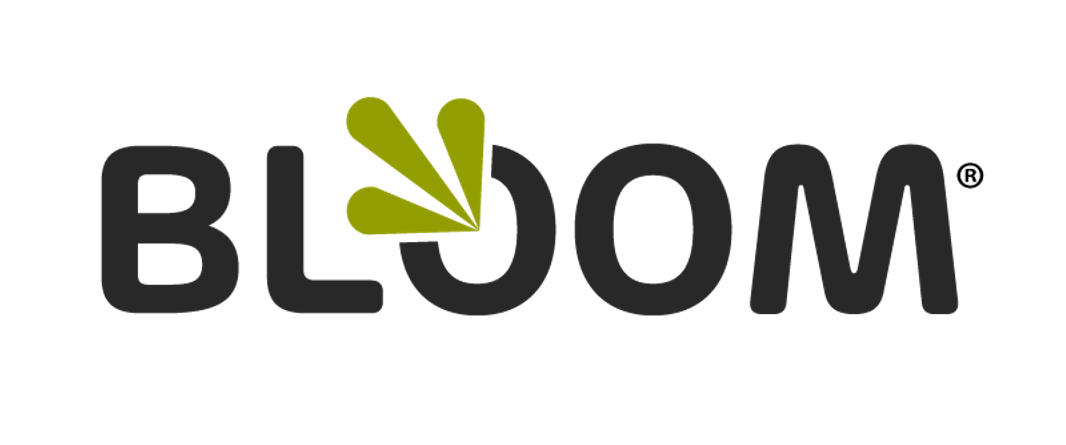Set Clear Expectations: Defining Competencies, Values, and Goals
Types of Expectations
Core Values
Each organization should define no more than five values that are distinct to driving its culture. Core values are the traits for what an organization stands for and guide what types of behaviors drive success within the organization. If “Can Do Attitude” is a value, the question is how to hold employees accountable to maintain this attitude in all they do.
BLOOM incorporates ratings for each employee’s ability to represent the values of the organization. Are they displaying the right behaviors? Do they inspire others through their actions to do the same? BLOOM stores values in the Organization area for all employees to view so as they are imported into performance reviews there are no surprises.
Strategic Goals
Each organization should have strategic goals to achieve in its external environment. Market growth, new products and services, better brand recognition, and deeper customer relationships are all examples. These objectives need to be broken down into goals that are assigned to employees for key focus areas that they must impact in the organization. Each goal must then have measures assigned for success that will hold employees accountable to achieve strategic projects and focus areas in the organization.
BLOOM stores this cascading structure of organizational strategic goals and assignments to employees.
Key Results Areas
Key Results Areas (KRAs) are expectations related to a specific position or role in the organization. These are the Key Performance Indicators (KPIs) or essential duties and responsibilities and their measures that determine success for a specific job or position. If someone is a sales manager, what are the areas of growth, authority, and responsibilities that he or she must achieve, and how will success in those areas be measured? These ideally are expressed in terms of KRAs.
BLOOM stores KRAs within Role Descriptions, and each employee can be rated on their progress in the performance review where the KRAs can be imported.
Competencies
Organizations are actually using competencies less now than in the past, however in some cases they can still be relevant. Competencies are the skills required for a position—skills like analytical abilities, conflict resolution, interpersonal communication, and so on—that are areas crucial to success. These are often focal areas of training if an employee falls short and are in many cases fairly subjective to measure, which is why some organizations are using them less. Also, Competencies tend to imply that there are only certain talents required to be successful in a position, when in fact, various talents can be utilized to successfully achieve the goals of a position (i.e. there is more than one way to skin a cat.) Thus, many organizations are focusing on what expectations need to be achieved, rather than how to achieve them. We encourage you to consider that.
Many industries still require the use and measurement of Competencies. In such case, BLOOM stores competencies within Role Descriptions, and each employee can be rated on their progress in the performance review where the Competencies also can be imported.
Developmental Goals
These are the areas for individual development that an employee needs to work on to achieve the expectations of the role. These improvements are defined by any combination of some or all of the areas above. Each employee should be assigned no more than four developmental goals at a time. The objective and measurement for the goal guides success.
BLOOM stores individual Development Goals within each employee’s online file. Developmental Goals can be also can be imported into the performance review to rate development progress during performance reviews.
Share Your Experience
How do you currently measure expectations?
